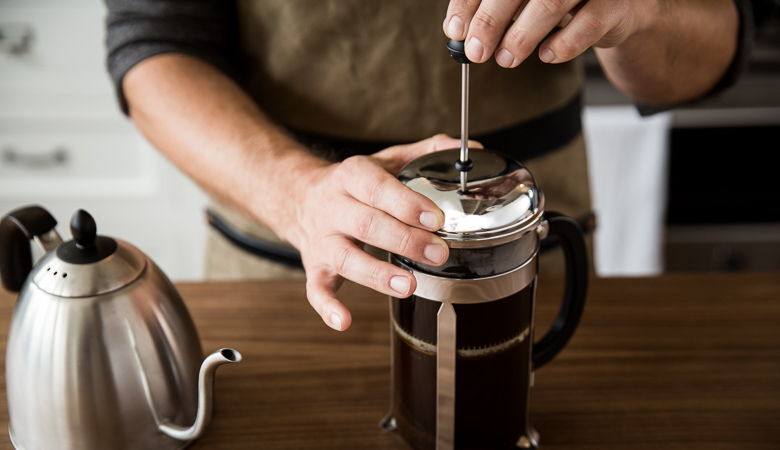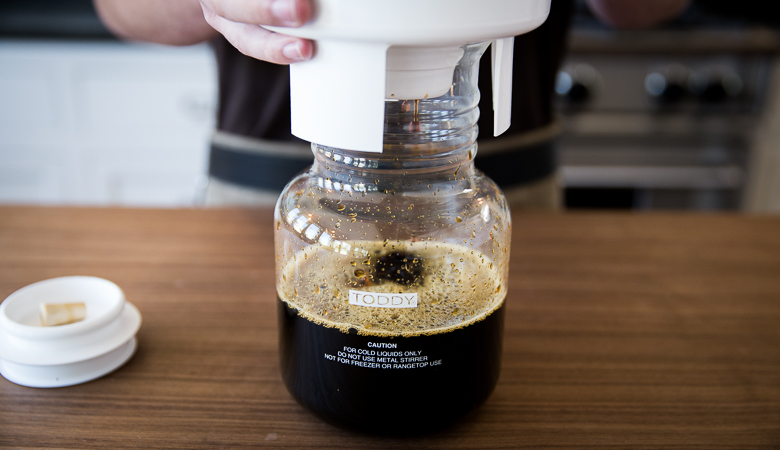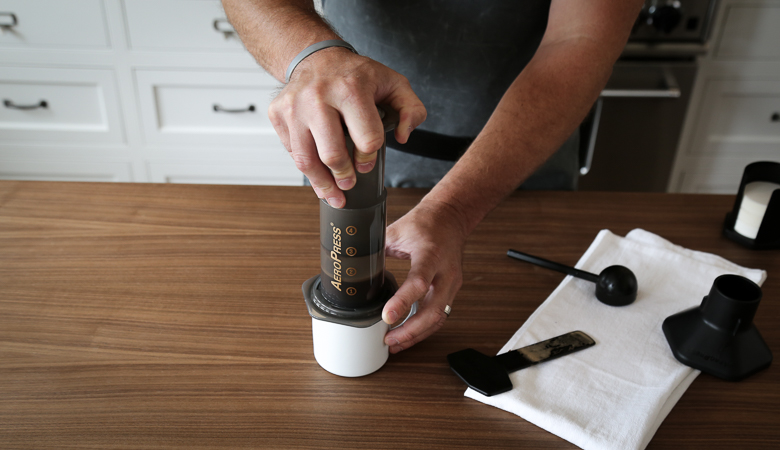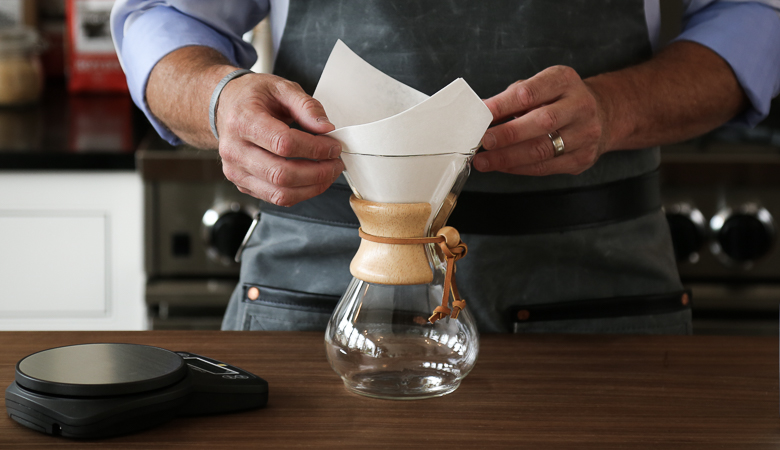Barista Level Tips for Making Coffeehouse-Grade Brews at Home
Throughout the past year we’ve all gotten a little more expert at DIY-ing things at home. If you’ve been brewing your own coffee—and wondering how to level-up your game—we’ve pulled together our top tips based on brewing method. And if you want to do a deep dive, we’ve included links to our handy per-method guides, all created by Public Domain brewmasters and baristas.
First off: Do the Math
Your fourth-grade math teacher didn’t lie: you do need to know ratios to get through life. Fortunately, it’s for the very enjoyable purpose of making your coffee fit your taste. Our recommendations range from an 18:1 ratio if you like a less-intense brew to 12:1 if you love extra-strong coffee.
We have a reliable chart available for what your water-to-coffee grounds ratio should be, but a key tip is to use a scale to weigh your beans to ensure consistent results once you identify your perfect ratio. Your scale doesn’t need to be fancy; it just needs to have a tare feature (like this one) so you can zero out containers easily when weighing your beans.
If you want a meditative moment: Grab your pour over
Pro tip: Will Gorsek, our Senior Coffee Quality & Cupping Specialist, always swirls his pour over before serving, ensuring that the flavors created by each phase of patient pouring are blended so that all notes hit your taste buds at the same time.
If you want a deep, rich cup with a little less fuss: French press it

You don’t get amazing at-home coffee without a little effort. But a French press is one of the easiest at-home brewing methods, plus is super eco-friendly since there are no filters or pods involved. For best results, you’ll still want to use a kettle for perfect water temperature and a scale for measuring that all-important ratio. Check out the brewing steps here.
Pro tip: Stir the grounds to break the “crust” before adding more water, and it’ll go much more easily. And be sure to pour all the coffee out of your press at the end of brewing, or you’ll end up with extra-bitter flavor in that last cup.
If you want the convenience of ready-to-go coffee: Cold brew is for you

Cold brew isn’t just for making iced coffee; you can also use the super-concentrated brew as a mix-and-go base for a fresh, piping-hot cup of java in minutes. Whether you pour it over ice with some cream or add boiling water for your morning jolt, you’ll appreciate the instant gratification in the smooth, sweet flavor that cold brewing creates. Here’s the how-to on using our favorite countertop cold brew system.
Pro tip: Store your cold brew concentrate in the refrigerator to keep it fresh—and be sure to keep it tightly covered to ensure the extracted bean oils don’t pick up the aromas of other foods in your fridge.
If you want a one-cup wonder: Plunge it with an AeroPress®

Grind coffee beans. Steep in water. And you’ve got coffee, right? If only it was this easy to get a great cup of coffee—but the good news is, the AeroPress comes close. Our step-by-step guide for making a convenient and ultra-delicious cup is here.
Pro tip: Timing is everything. Be sure to allow exactly 45 seconds for the first bloom, and a full minute when you add the second pour of hot water.
And of course, there’s one crucial absolute across all these methods: ingredients matter! Use filtered water, and be sure your coffee is made with high-quality Arabica beans with identifiable origins—single-source if possible—and fresh-roasted before hitting your grinder.
Interested in learning more about what affects the flavor of your coffee? Check out why we do what we do (hint: a lot is influenced by checking all the quality boxes) as well as our D.I.R.E.C.T. Trade initiative.



